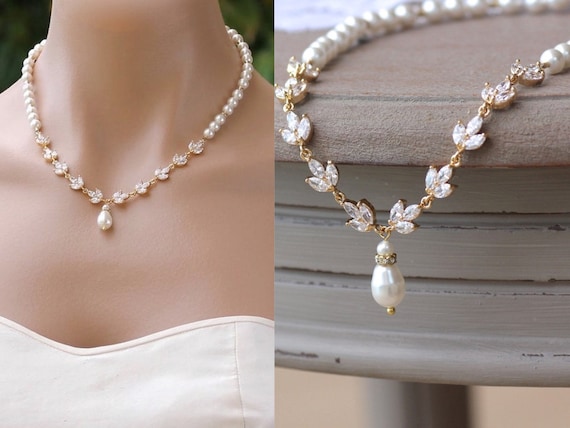Unveiling the Secrets Behind the Assessment Process Employed by Precious Metal Buyers
Wiki Article
This appraisal process used from precious metal buyers represents a crucial topic for anyone interested on disposing of precious metal. Comprehending the way precious metal gets valued can help vendors make knowledgeable choices as well as guarantee they receive a equitable valuation. Gold buyers typically use several key elements for ascertain an worth for precious metal pieces, including purity, weight, and current trading prices. All of these has an important part during the overall valuation process.
One among first initial stages of this appraisal procedure involves evaluating its fineness in a precious metal. Gold purity is measured in karat weight, where 24 karats being pure precious metal. A majority of gold jewelry tends to be not 100% and may be 10, 14, and eighteen karat. A higher a karat number number, the more greater gold content that piece contains. Precious metal purchasers often use a assessment method, like acid assessments or digital assessments, for ascertain its fineness of the precious metal. This step is vital as this immediately affects the item's worth. For instance, instance, a 24-karat precious metal item will be valued more compared to a fourteen karat item, although when both have the same weight same same.
Another weight of the gold piece is another critical factor of the valuation process. Gold is typically weighed by grams or troy ounces. Buyers will measure a precious metal to calculate the value based to the fineness. This mass is multiplied by the gold's fineness ratio to determine an quantity of pure gold contained in the item. For, if one fourteen karat precious metal band has a mass of ten grams, it contains about 5.83 grams grams in 100% precious metal. Such calculation helps buyers determine the amount of they are willing for offer for the piece.
Present market prices also play a significant role in the appraisal for precious metal. Current price for gold fluctuates according to availability plus market needs, financial conditions, and international occurrences. Precious metal buyers keep an close watch over such trading trends to ensure they offer fair valuations. They often refer at a spot valuation of precious metal, which is the current trading valuation of immediate transaction. Such valuation may fluctuate daily, so buyers need to remain updated to offer accurate assessments. Sellers should likewise be aware about these trading fluctuations, as these can impact a price they obtain for their gold.
Finally, a state and quality in a gold piece gold buyer negotiation tips may affect its worth. Distinctive styles, brand names, and historical significance may each add to the worth of the piece. For, a well-crafted precious metal chain by a well-known renowned designer can command a greater price compared to one similar item lacking a brand name. Purchasers will consider such elements when formulating a offer. Vendors must spend the time for polish plus present their gold pieces well, as this may favorably affect a buyer's perception and a final price.

In conclusion, the valuation process employed from precious metal purchasers includes various key factors, including fineness, mass, present trading prices, and a state in a item. Comprehending these elements can help sellers manage this disposal procedure more efficiently. Through staying knowledgeable about how precious metal gets assessed, vendors can ensure they receive a equitable price for their gold pieces. Regardless of whether disposing of ornaments, coins, or other gold items, awareness about this appraisal process is essential for making wise monetary choices.